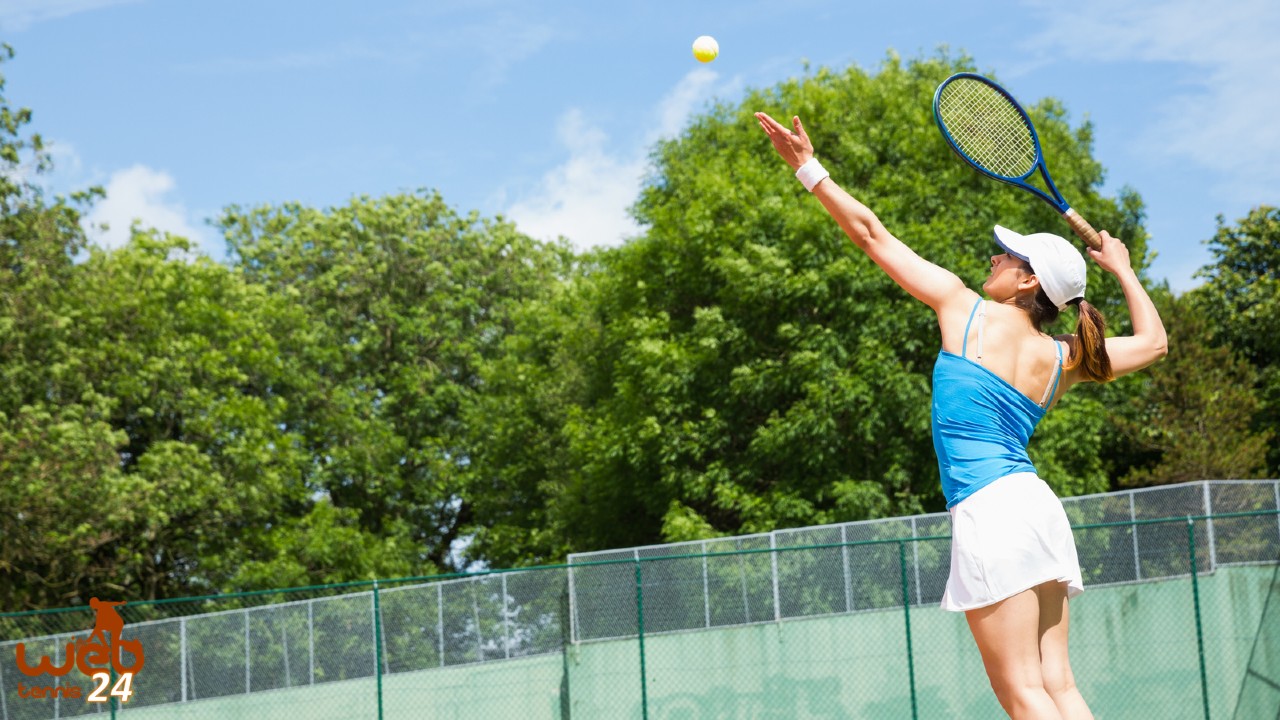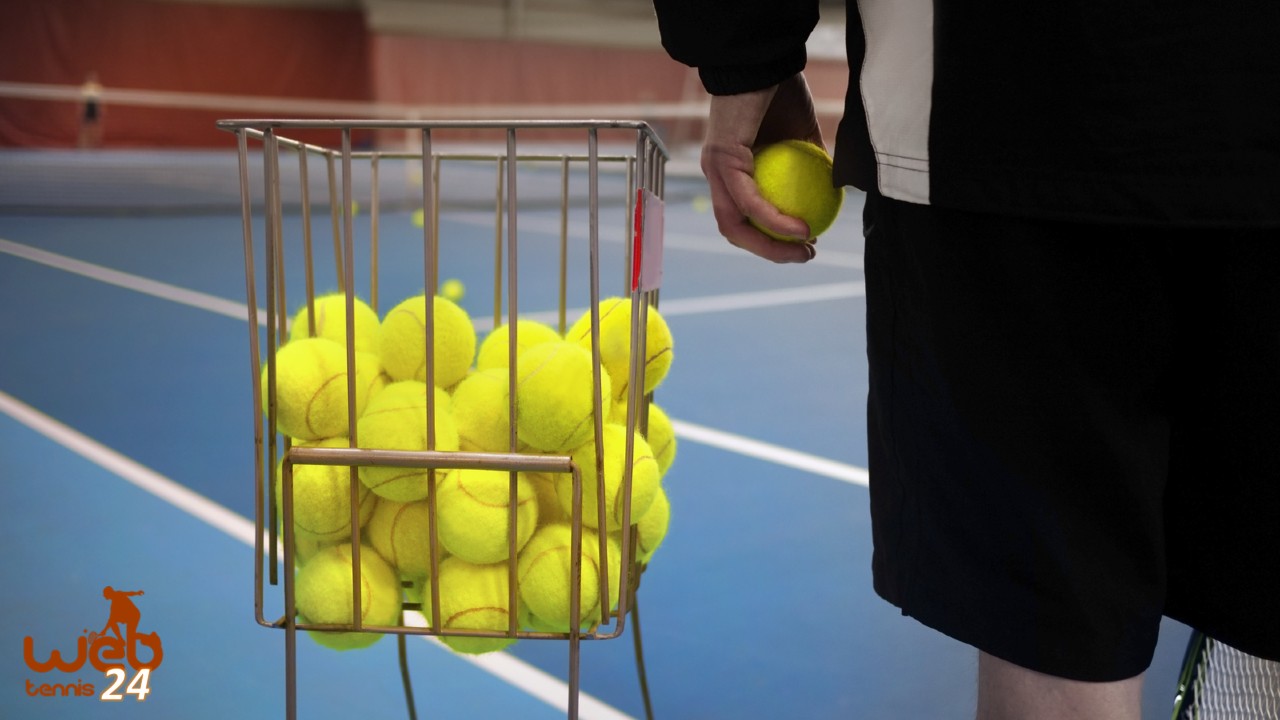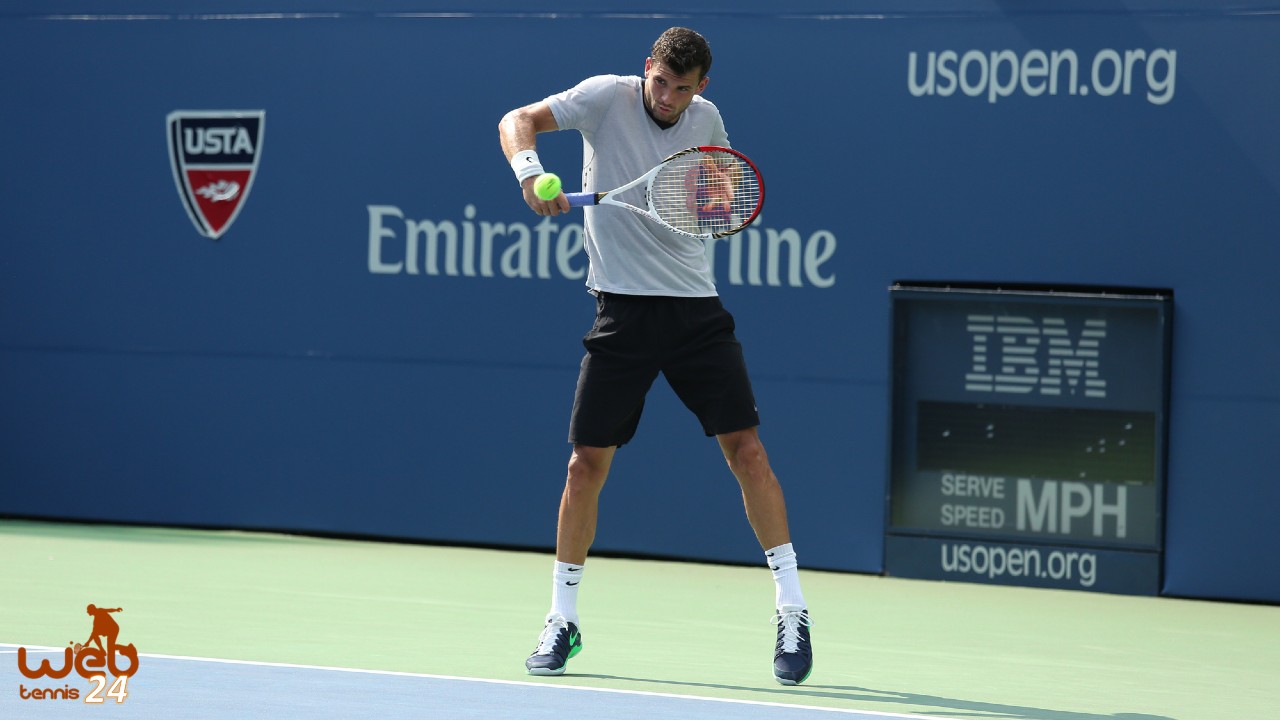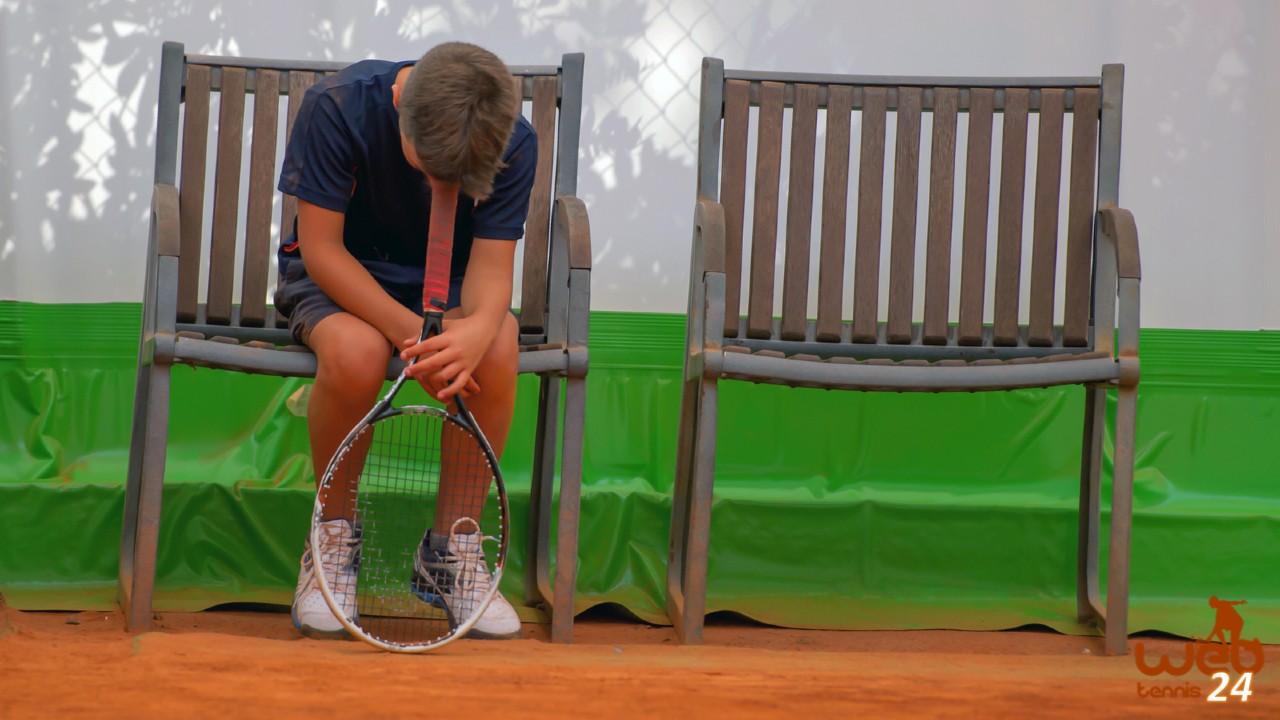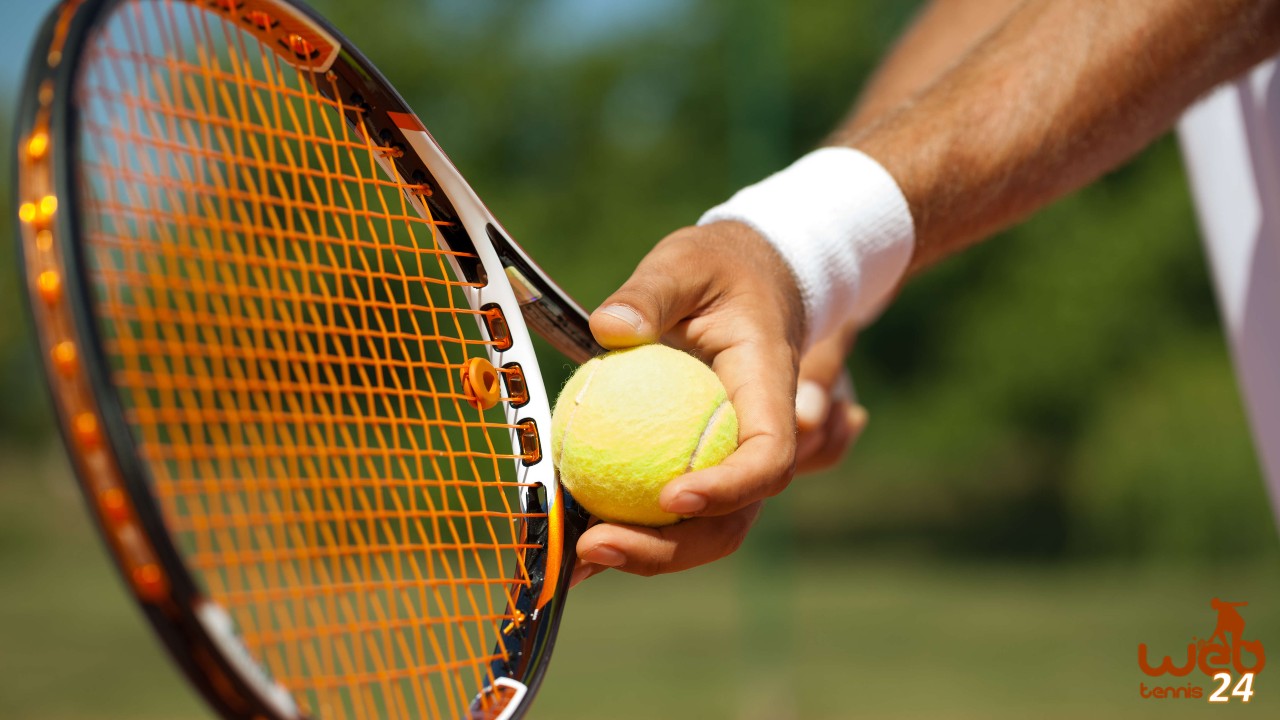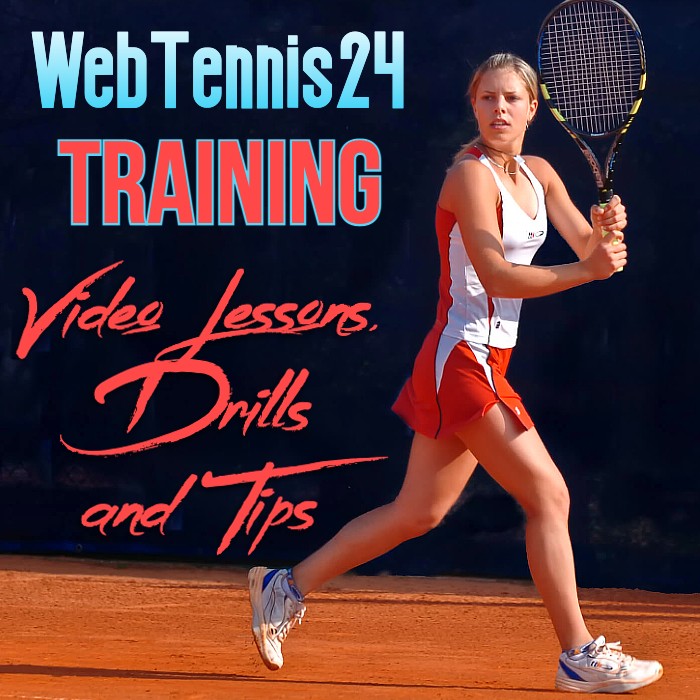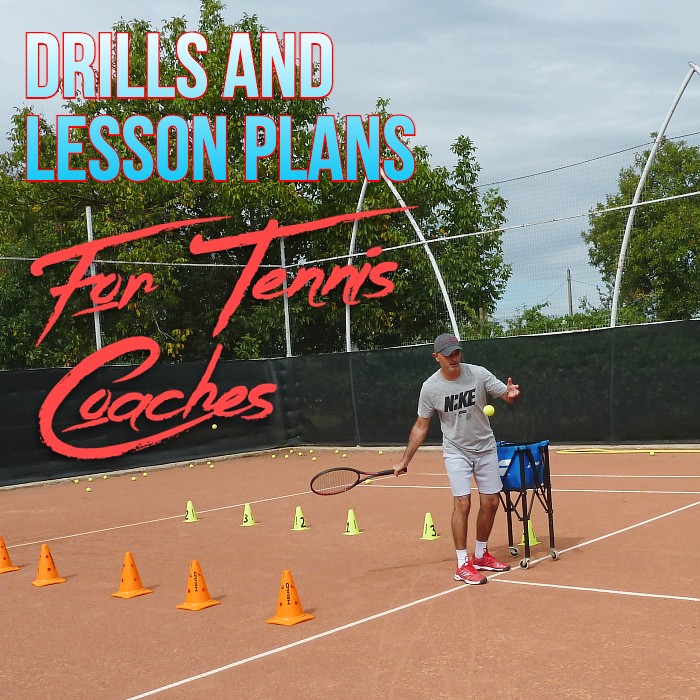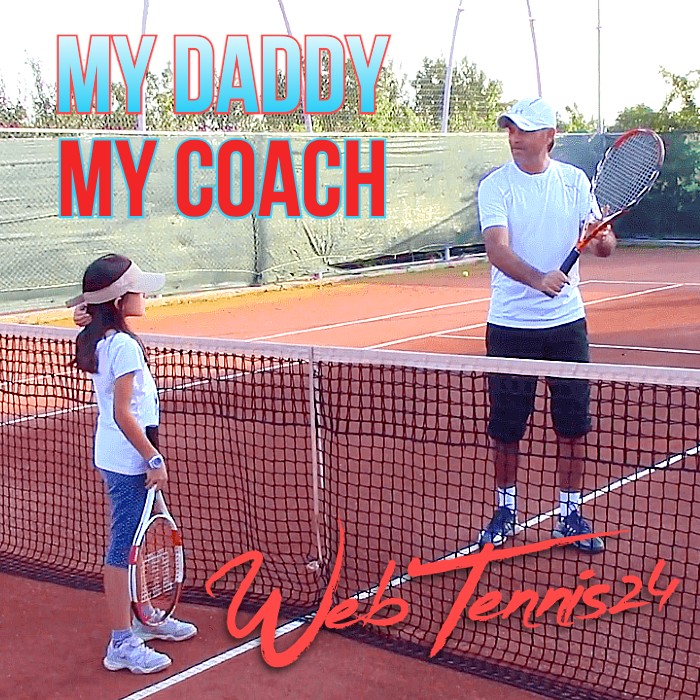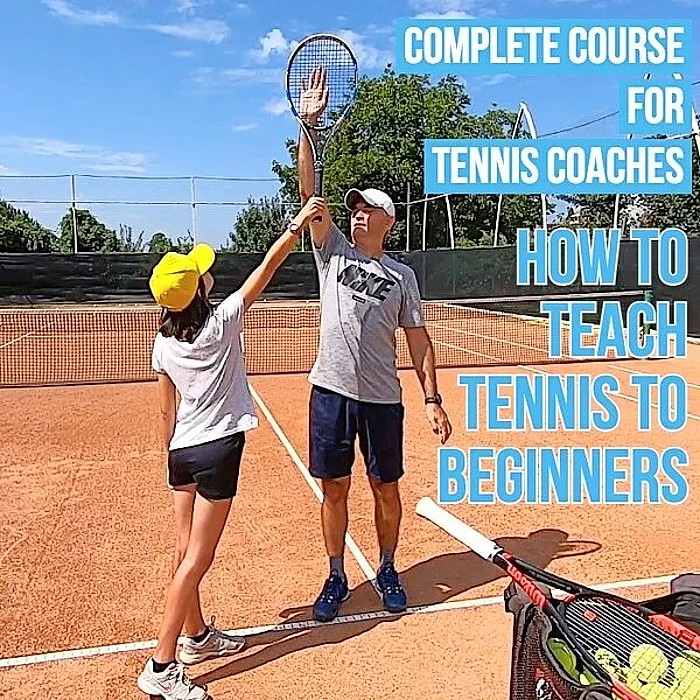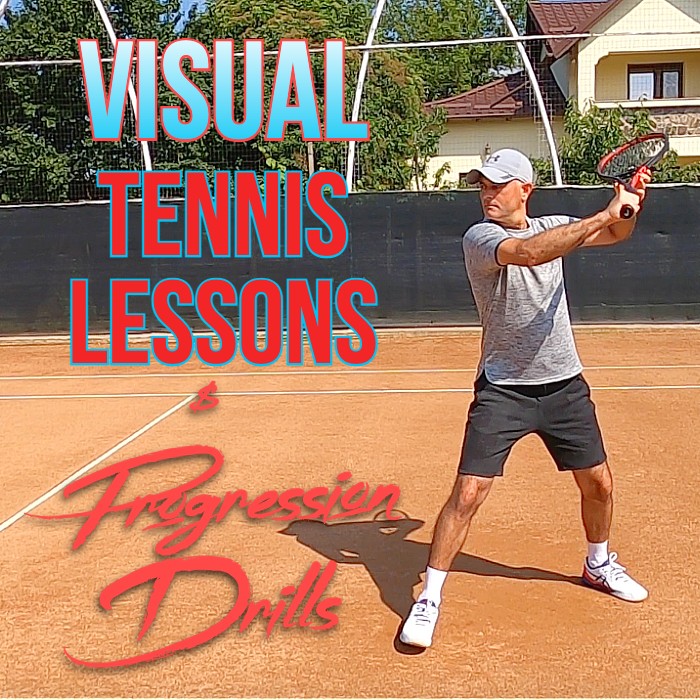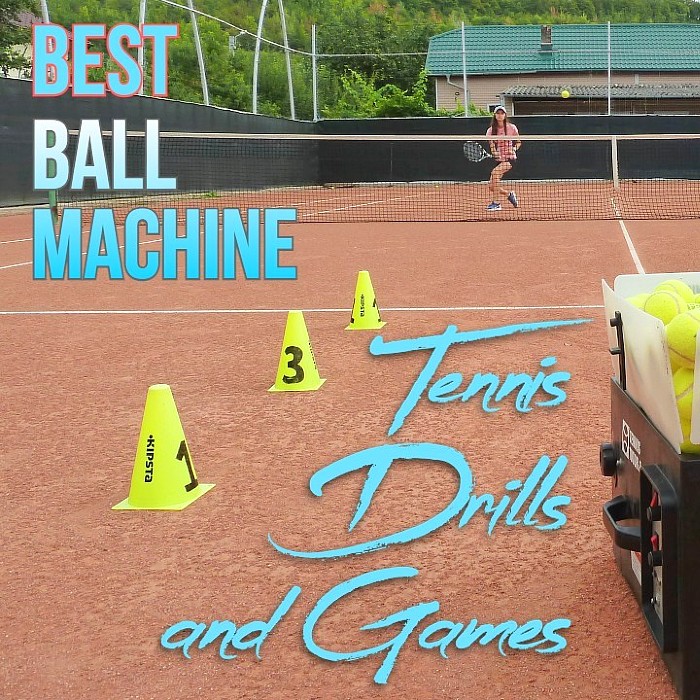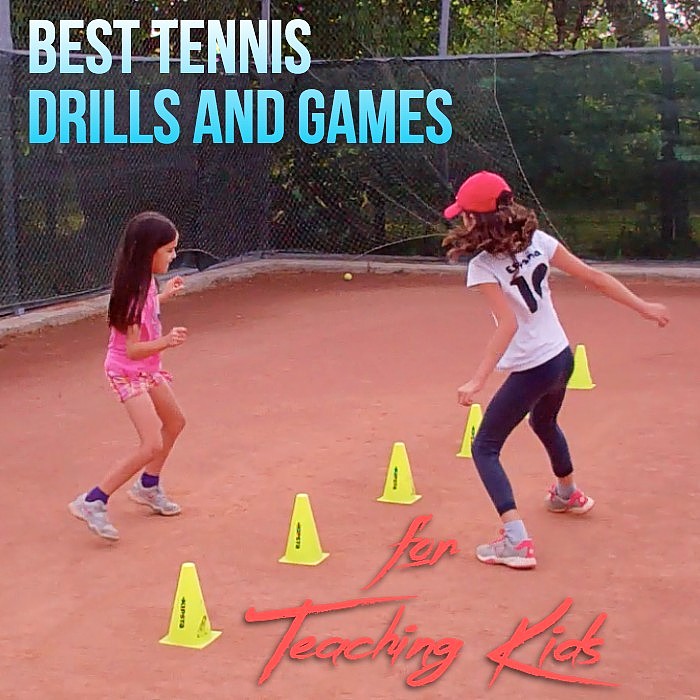“Silly Balls” Tennis Drill
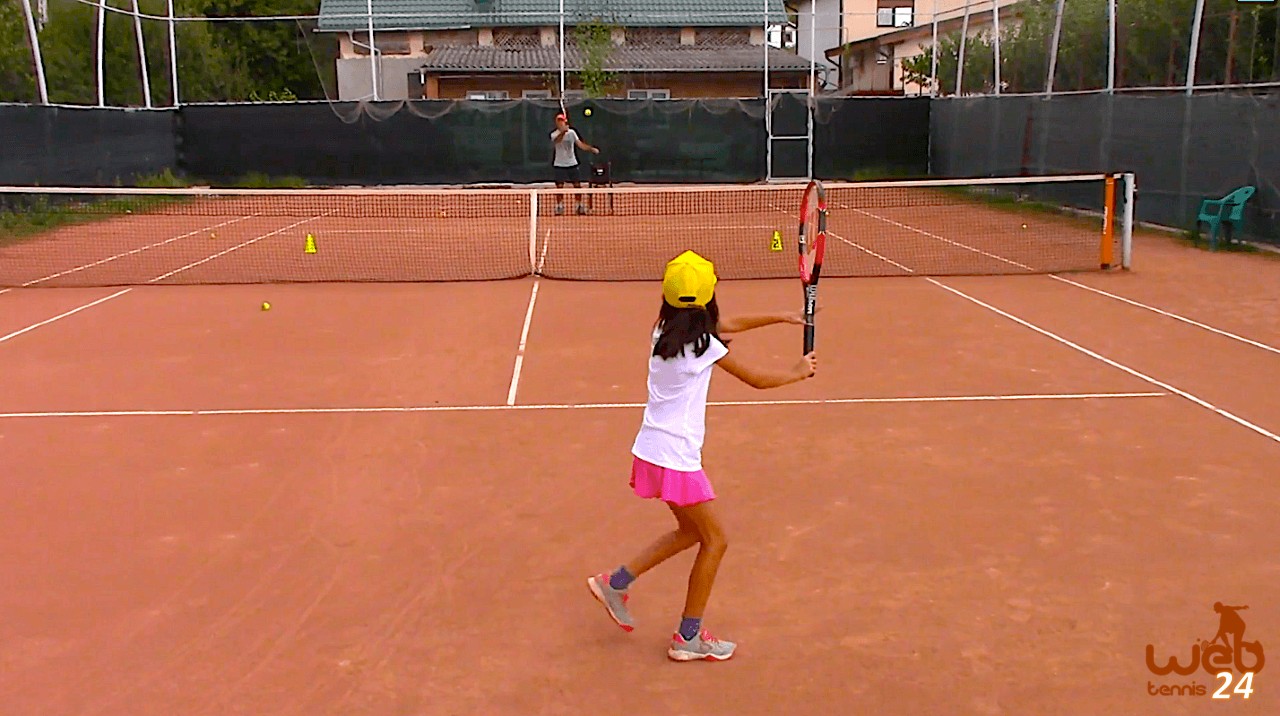
Here is an exercise idea that I call Silly Balls, which is great for developing great ball tracking, quick reaction, and feel…
As a coach, I sometimes carry with me a basket containing mixed types of balls: some bouncy (new or old), some “dead” (that lost their inside air), some “spongy” (the oversized sponge ones for little kids), etc. This basket I take out on the court when I want to work with my students on the quick reaction, footwork, and feel.
I feed those mixed balls to my students and challenge them to hit all the balls over the net. The benefit of this drill is making the player get out of their comfort zone by not having to deal with the same bounce and speed of the ball all the time. They also develop a quick first-step reaction by having to adjust quickly to the bounce and depth of the different types of balls.
If you are a coach or parent of a tennis player, try doing this drill at times, but make sure they warm up very well beforehand.
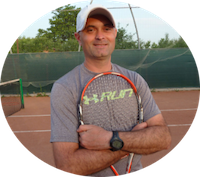
Cosmin Miholca
Certified Tennis Coach
Check out my work at WebTennis24 where I share with you my best video tennis lessons, drills and tips for players, coaches and tennis parents.

